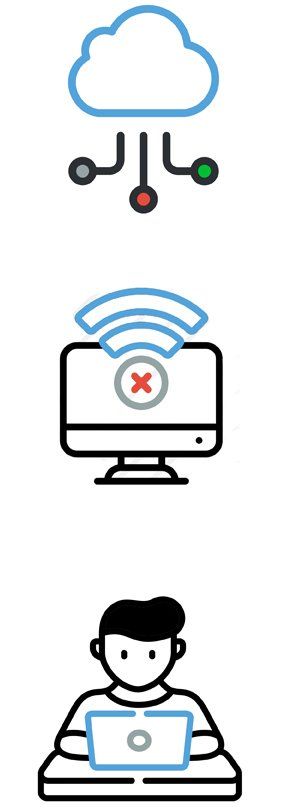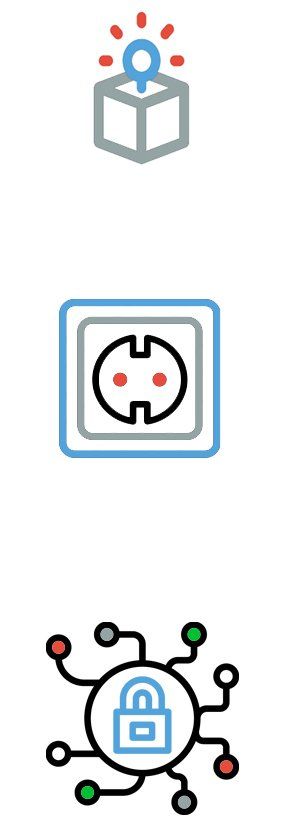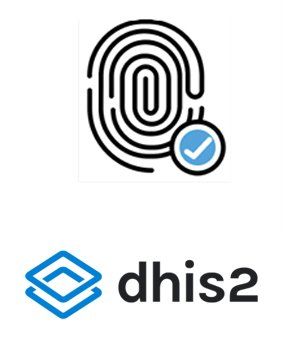Technologists

EMR FOR PRIMARY CARE
Write your caption hereButton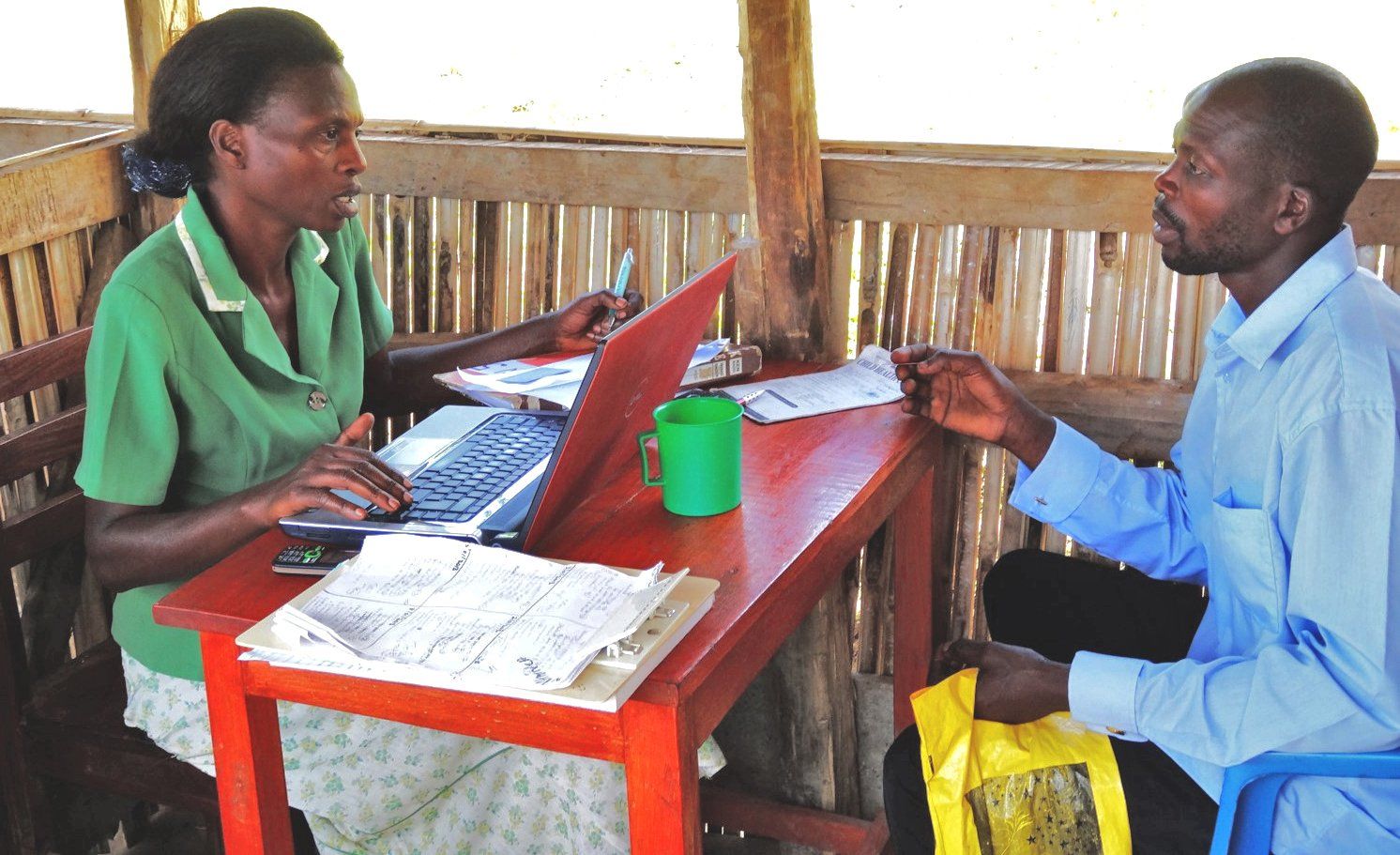
NO INTERNET?
Write your caption hereButton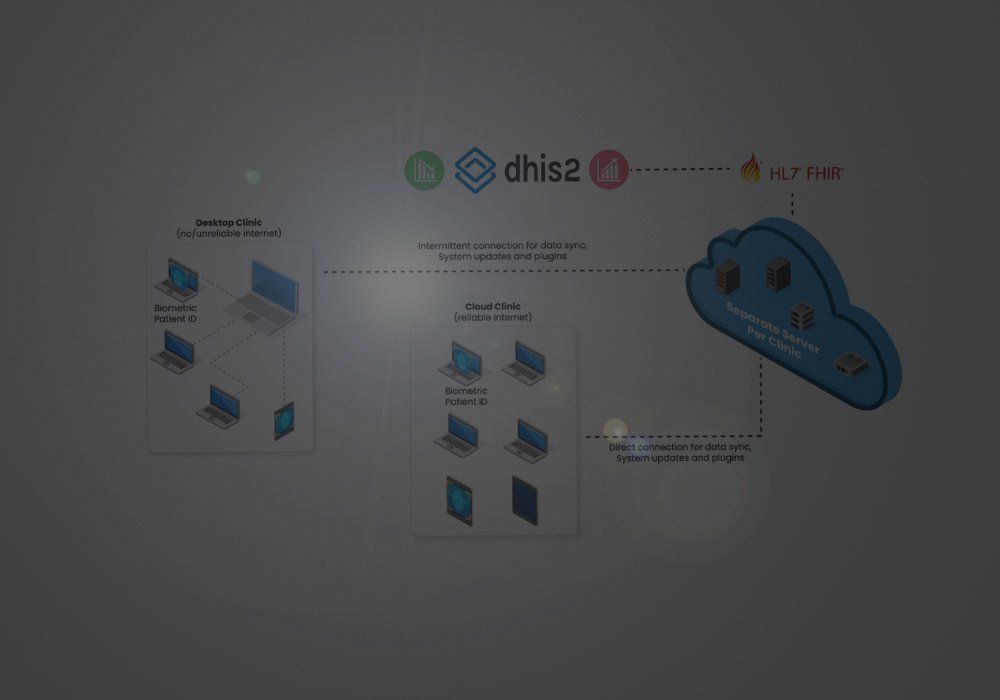
PLUGINS
Write your caption hereButton
HEALTH INFOMATICS
Write your caption hereButton
SEE THE SYSTEM IN ACTION
Write your caption hereWatch the video
Medical Records Save Lives
Overview
The design of the System has been completely driven by the needs of end-users in some of the world’s most challenging clinical settings.
These needs have been identified, first-hand, and interpreted by a team of British General Practitioners who share over 100 years’ of Primary Care Experience.
Key design criteria from a technical perspective:
- Secure, robust, scalable
- Easy to use, out-of-the-box, but extensible courtesy of plugin/modular architecture
- Maintainability
- Speed of deployment for ALL clinics, both with and without internet
- Ease of deployment for clinics with no internet
- Interoperability: DHIS2
Technologies
To help us achieve these goals, we use the following technologies, services and tools
- Digital Ocean
- NginX
- Bootstrap
- Tailwind CSS
- MySQL
- Laravel PHP
- JavaScript
- Docker
- SnapShooter
- Amazon S3 Storage
- Idemia Biometric ID
- DHIS2
System Requirements - Desktop & Roaming Devices
Both Desktop & Roaming devices need to meet the following minimum OS & hardware requirements:
- Windows 10 Pro 64-bit (1909)
- BIOS: hardware virtualization enabled
- Hyper-V enabled
- i5, or equivalent
- 8GB RAM
Key Features:
- ‘Cloud Clinic’ for clinics with an internet connection
- ‘Desktop Clinic’ - installation for clinics with no, or intermittent internet connect. Multiple users can access the ‘Master’ Desktop installation via WiFi or wired network
- Roaming Deployment: download a copy of the System onto a laptop for outreach work: 'sync' with the Master database when you get back to a network connection (works for both Cloud & Desktop deployments
- Out-of-the-Box: the simplest possible EMR that can be learned quickly by novice computer-users
- Modular Design: plugin architecture means that functionality can be extended easily; plugins can be made available on clinic-by-clinic basis, regionally, nationally or to all users
- Secure: every clinic has its own secure server and automated backup
All Rights Reserved | OutreachEMR
© 2024
OutreachEMR UK Charity no. 1159060














